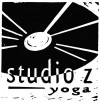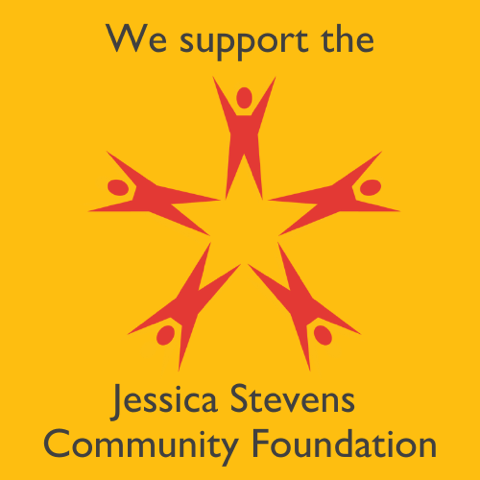Most disciplines (music, art, sports) require dedicated practice of skills over time. How we practice influences our mind state and sets the course of our path. Infusing our efforts with enthusiasm, focus, and dedication may be obvious to some. Less obvious is the need for detachment (non attachment) to our efforts and outcomes.
In yoga, we use the word “practice” quite a bit. It’s important to remember that practice is a noun and a verb. Essentially, we practice our practice. Which begs the question, “what are we practicing and how are we practicing it?”.
One potential answer comes from Patanjali’s Yoga Sutras. In the first three sutras yoga is defined as “the ceasing of the fluctuations of the mind”. Patanjali then tells us in Sutra 1.12 Abhyasa vairagyabhyam tannirodhah (practice and detachment are cultivated to still the fluctuations of the mind).
At first glance, practice and detachment may seem like opposing instructions. However, the brilliance of pairing these concepts is that when we apply the actions (verbs) of practice and detachment in a manner that focuses our yoga practice (noun), we get us closer to the goal of yoga.
We are always practicing something. Often, we practice worrying, getting angry, being busy, obsessing over the past or future, etc. And guess what? We get better at those things as we practice them. Yoga challenges us to observe our mind state. Is it becoming more stable with your efforts? How does your mind state change when you stop trying to achieve in your asana? In other words, are you able to detach from your perceived goal of yoga and move toward the goal that Patanjali presents?
I like to remind my students that we are not practicing in order to perfect anything. We’re already perfect! We are practicing so that we can observe the process of nudging ourselves toward our consciously chosen goals. Detaching from judgement, achievement or whatever other results we are hoping to obtain frees us up to fully embody the present moment. And that is the ultimate goal of yoga.

